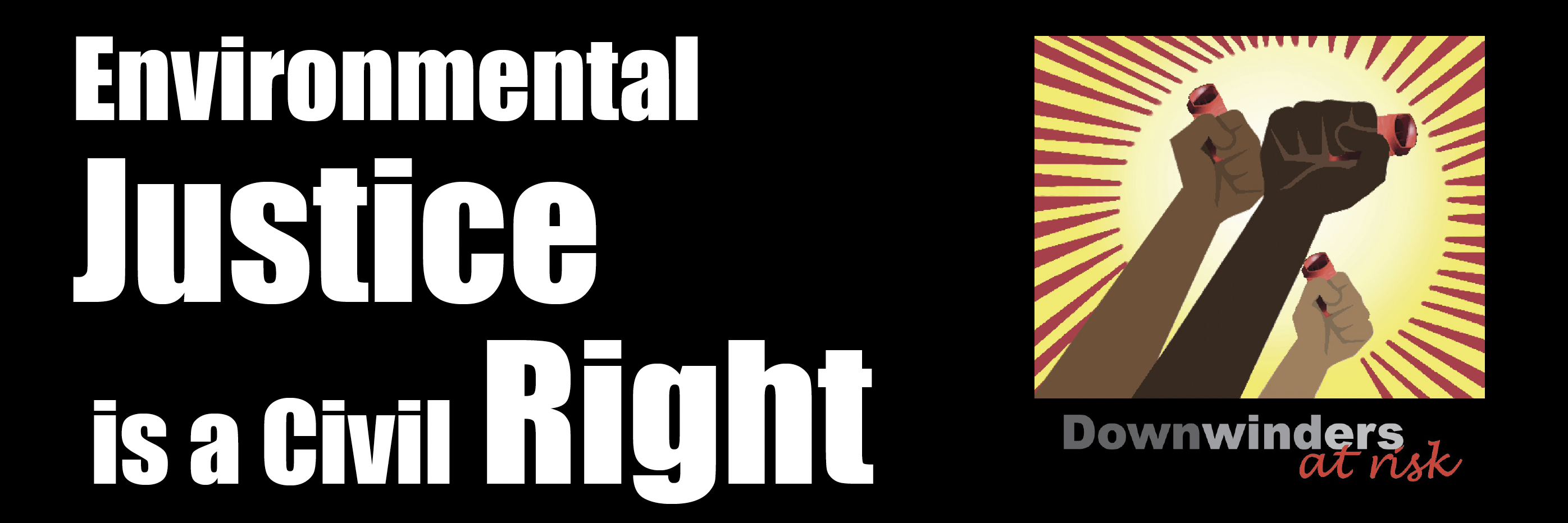Yes, We Know
 The Dallas Morning News finally decided to ask the Army Corps of Engineers about Dallas' plans to drill for natural gas in the Trinity River floodplain, some five years after the City leased land for that very purpose, and three months after the City's gas drilling task force voted to allow such drilling.
The Dallas Morning News finally decided to ask the Army Corps of Engineers about Dallas' plans to drill for natural gas in the Trinity River floodplain, some five years after the City leased land for that very purpose, and three months after the City's gas drilling task force voted to allow such drilling.
The Corps's response? We're sticking with our 3000 foot buffer zone we've already failed to enforce at Joe Pool Lake! For the most part, the DMN story doesn't present any new information about the hazards posed by drilling too close to dams. But there is one piece of news. A nationwide team of Corps members is "searching for what’s known and unknown about possible risks from mineral extraction near dams.The goal is to create a system that will let corps managers set a site-specific buffer zone around a dam or other structure, said Anita Branch, a geotechnical engineering specialist with the corps’ Fort Worth district.
The distance between a dam and drilling in different places might be bigger or smaller depending on local geology, geography and other factors, she said. Although the corps is looking first at its own operations, any local government would be able to use the system to make its own decisions on safety zones around non-corps dams and levees, Branch said.
Until such a system is in place, the corps’ Southwestern division, which includes Texas and surrounding states, is keeping a 3,000-foot buffer around its dams and levees.'The 3,000 feet was based largely on geology in the Southwestern district,' Branch said." In other words, don't look for this number to change any time soon since it originated in the Barnett Shale.
Unfortunately, the Corp can only enforce the 3000 buffer zone on land it owns. Otherwise, it can only "advise" and "recommend" that local governments don't act like idiots by putting active wells where they shouldn't be any. But of course in Dallas' case, they have the additional leverage of overseeing the Trinity River levees that must not only protect Dallas from flooding, but will also have to hold up to the impacts of the proposed Trinity toll road going by or through them.
So Dallas might be more interested in listening to the Corps' advice. What's the larger story missing from this one? That in 2007, without any public hearings or debate the City of Dallas decided to sell off a huge chunk of open space that also serves as flood control for gas drilling. And then, citing the "undesirable uses" already occurring in the flood plain the city's own drilling task force decided those same floodplains would be a great place for drilling – and left themselves the out that any such drilling would have to be done with the Corps' permission. Only it doesn't. It can only recommend when it comes to the city-owned property that's already been leased. So it will have to be up to the Dallas City Council if it wants to be sure no drilling takes place in the Trinity River floodplain. They'll have to make the Corp's recommendation official policy.
Are there at least eight council members who will take the Corp's advice? Don't take it for granted. And one more thing. If 3000 feet is the appropriate structural buffer zones for dams, what's the appropriate structural buffer zone for underground pipelines, bridge supports, and even home foundations?
